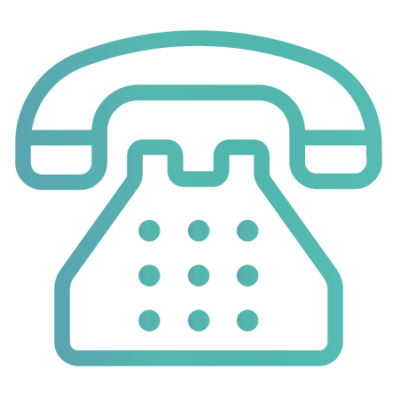Today, the request for proposal (RFP) process is a well-known and often-used tool for procurement and sales, but it wasn’t always. To fully understand the impact and importance of RFPs, it’s important to know the history of the RFP process.
What is an RFP?
To set the stage before we jump into the full history of the RFP process, as well as its current state and predictions for the future, let’s define what an RFP is as well as its purpose. A request for proposal (RFP) is a questionnaire-style document used to evaluate vendors. The RFP is issued by an organization seeking to buy goods or services.
Put simply, the RFP process enables businesses to quickly compare vendors side by side and select the best option. Consequently, it’s become a standard practice for most modern businesses, but few of the people who use the RFP process know its history.
The history of the RFP
Before the RFP process, businesses selected vendors almost entirely based on recommendations from peers. Consequently, competition was generally limited. As industry and technology advanced, businesses expanded their reach. This created a challenge for those who needed to buy goods and services but had no efficient way of finding and collecting information from the available vendors.
Notices in newspapers

In the late 1880s, industrialism standardized the production of goods and accelerated communication between businesses. This change made it possible for businesses to solicit bids from vendors using simple notices in newspapers and trade publications. Like modern-day RFPs, these notices included questions to help the buyer evaluate and compare each supplier’s offering.
Naturally, this process was slow as buyers waited for interested vendors to see the notice, answer the questions and send a hard copy of their response back in the mail. For decades, this process changed very little.
Telephone, fax machines and mail

By the 1960s, the prevalence of phones, fax machines and faster mail service allowed organizations to create more complex and detailed RFPs. The result? Binders of printed proposals that were expensive to create and ship for vendors as well as difficult to evaluate for buyers. During this time, the RFP process was widely adopted by the government to improve transparency. And, believe it or not, many public agencies still conduct RFPs this way today.
Digital transformation begins
Then around the early 2000s, the RFP process changed once more as digital transformation began. Equipped with computers, the internet and email, RFPs became faster and subsequently even more complex.
Through email, organizations created and issued questionnaires digitally in spreadsheets, Word documents or PDF files. In turn, vendors filled them out and returned them using the same digital formats. Of course, issuers were still unable to track vendors’ progress or score responses effectively — and responders often had version control issues — but at least the process was faster.The current state of RFPs
And now, we’ve caught up to the current state of RFPs. Certainly, some businesses still send RFPs through email as spreadsheets and Word documents. However, many organizations now leverage RFP software and cloud-based technology to make the RFP process more efficient, collaborative and transparent.
These digital request for proposal tools enable participants to track the process in real-time. For RFP issuers, RFP management software enables better internal collaboration. For example, they can collect requirements from departments and stakeholders, provide real-time updates on vendor progress and engage the business in proposal evaluation.
Likewise, vendors benefit from a full-circle RFP management system as well. Once a vendor receives an RFP, it can be quickly completed leveraging RFP automation. For example, RFP software uses artificial intelligence and machine learning to review questions in the imported RFP and suggest relevant answers from existing knowledge library content. In addition, the proposal coordinator can assign questions to subject matter experts and manage the proposal workflow.
The future of RFPs
As the history of the RFP process illustrates, change in business is constant.
However, when it comes to the RFP, the ultimate goal of the process remains the same — better strategic sourcing for buyers and more effective proposals for vendors.
Certainly, technology will continue to influence the way that businesses connect. And, there is no doubt that RFPs will continue to evolve. Is your business ready to make the most of what comes next?
